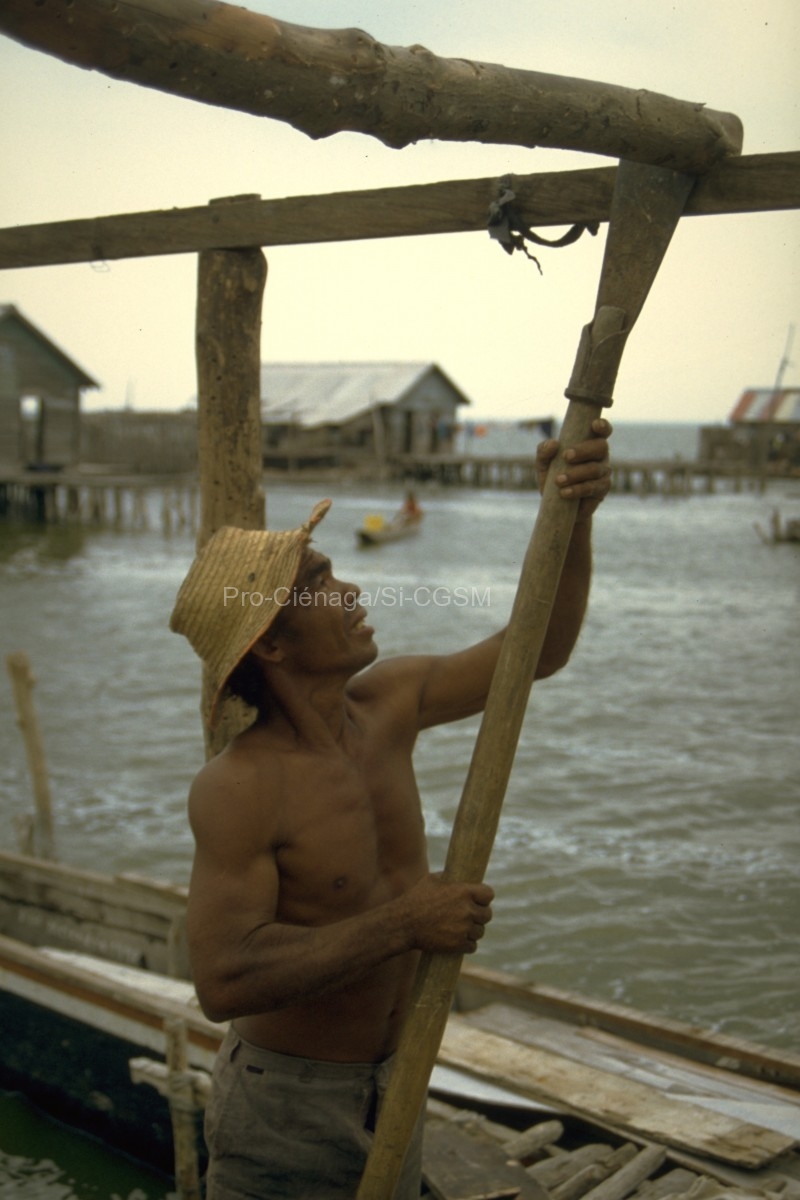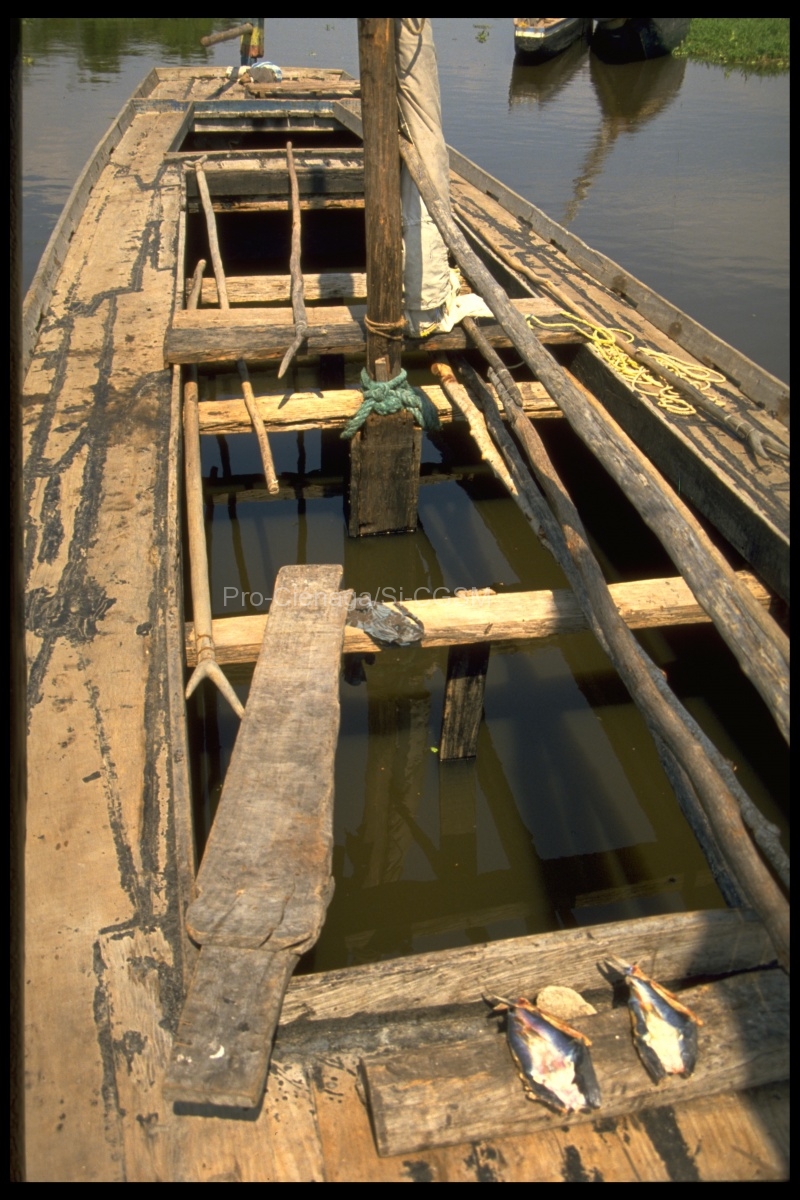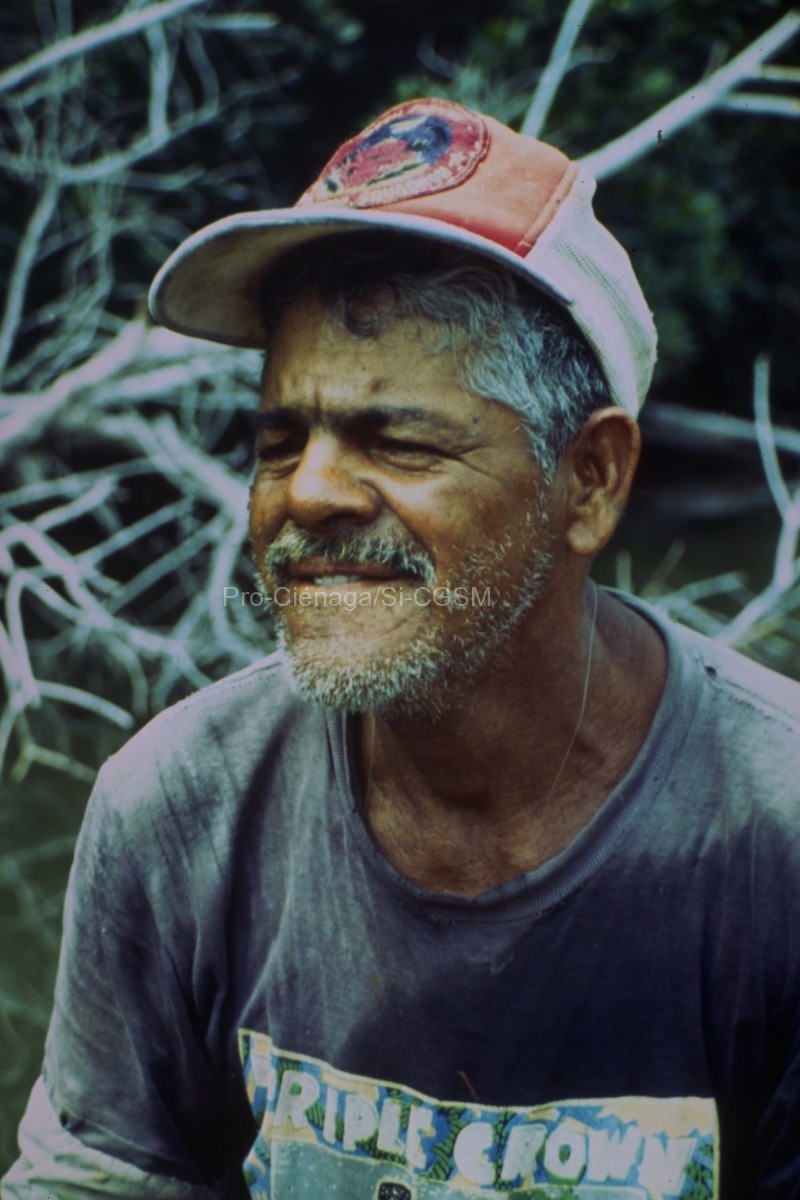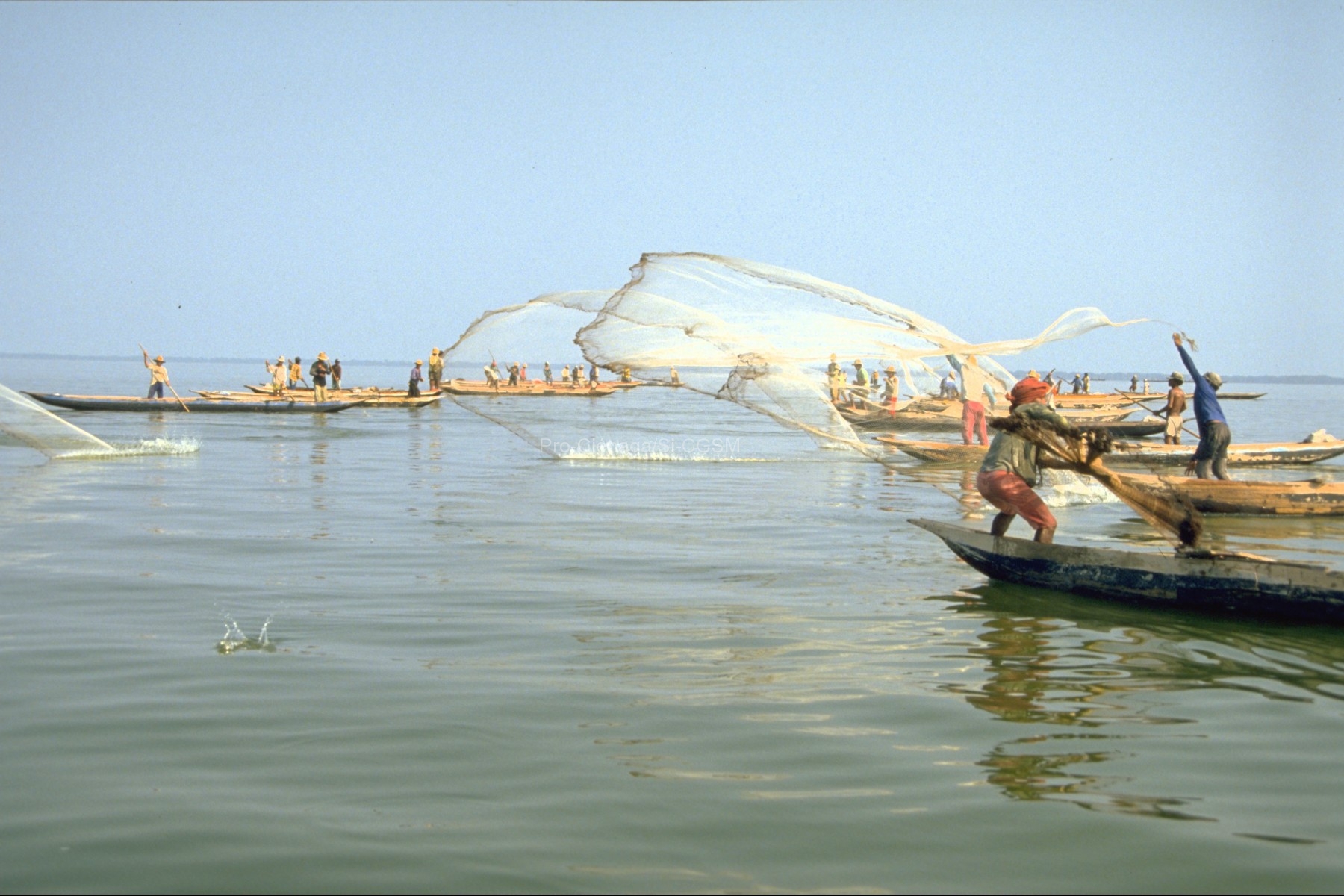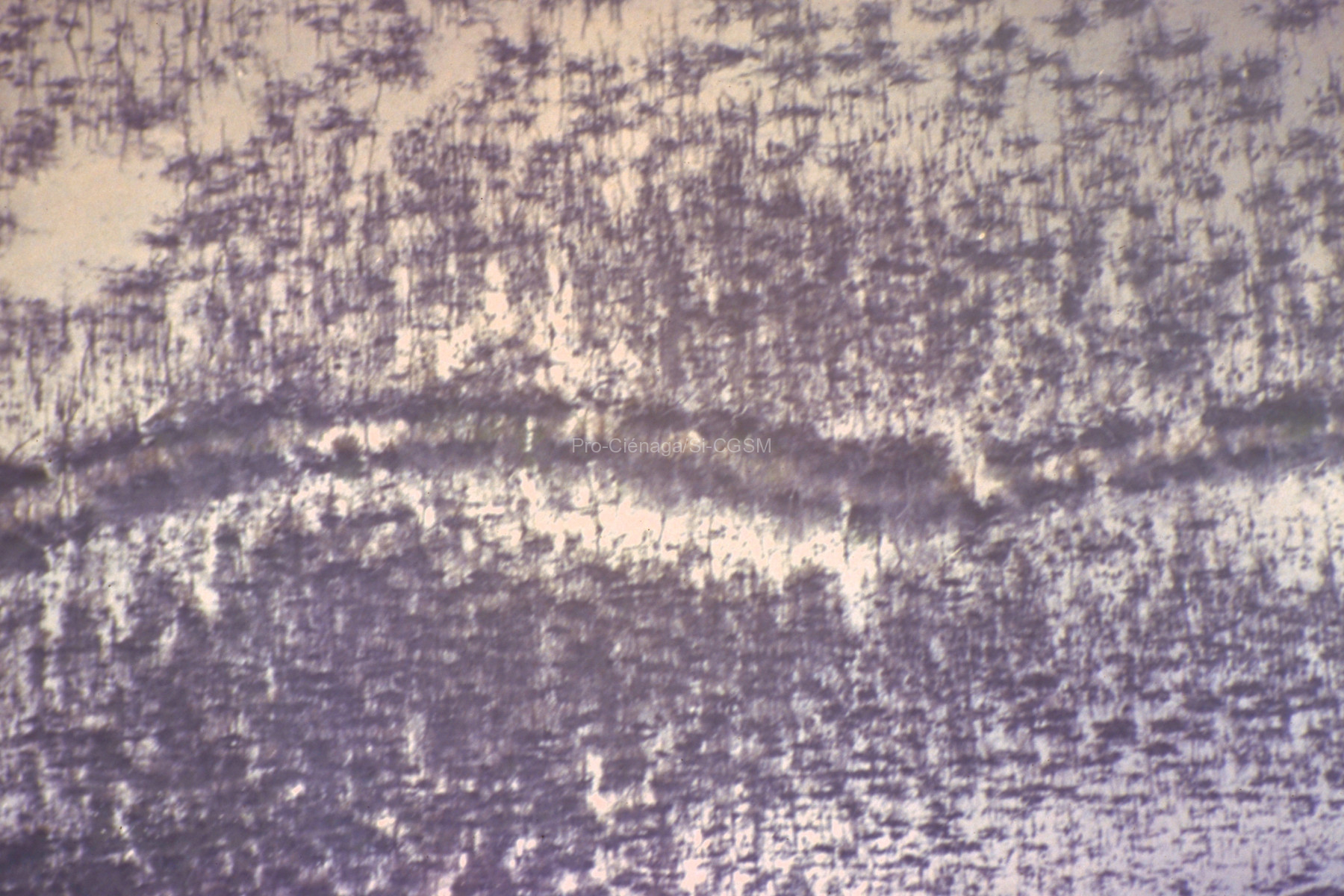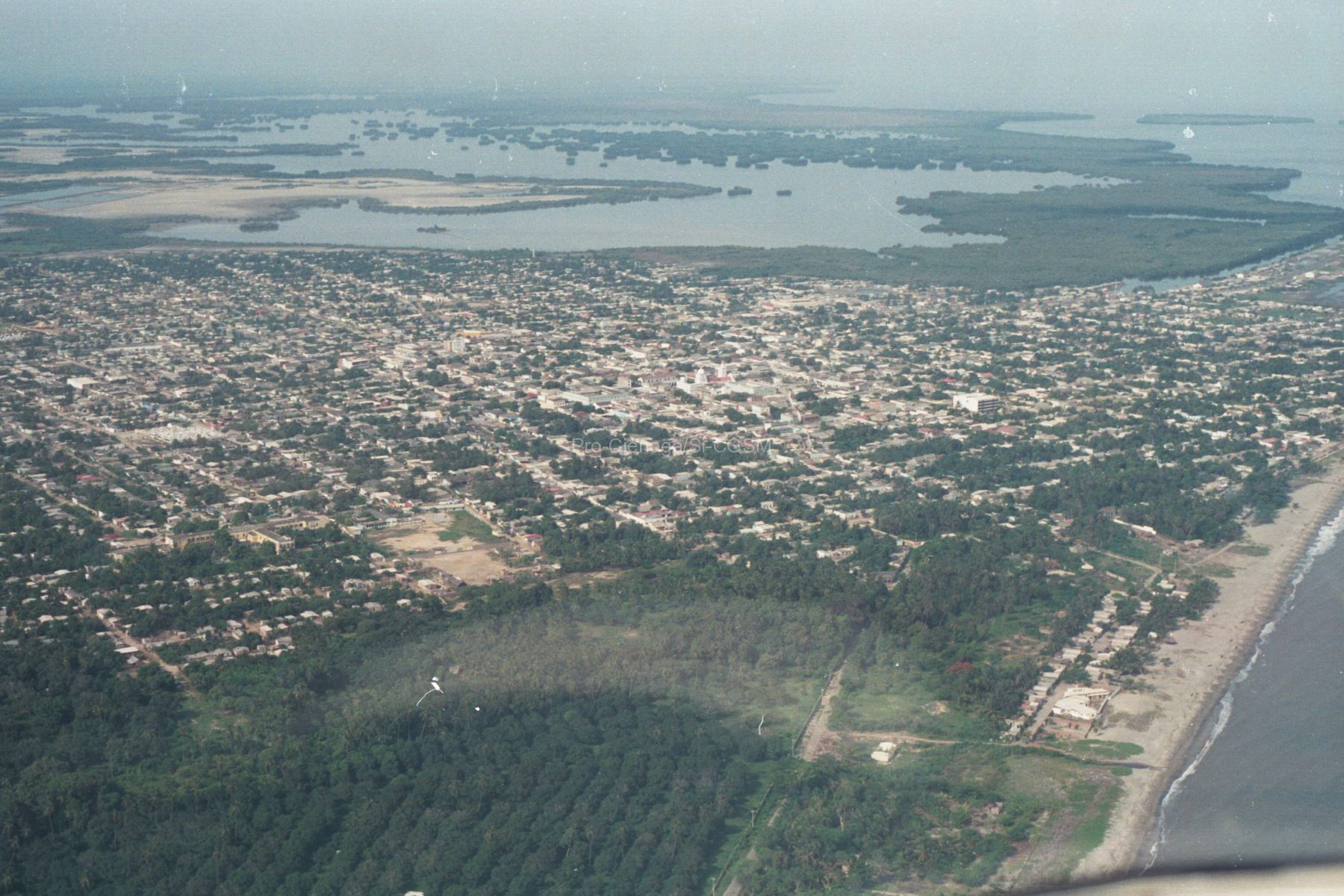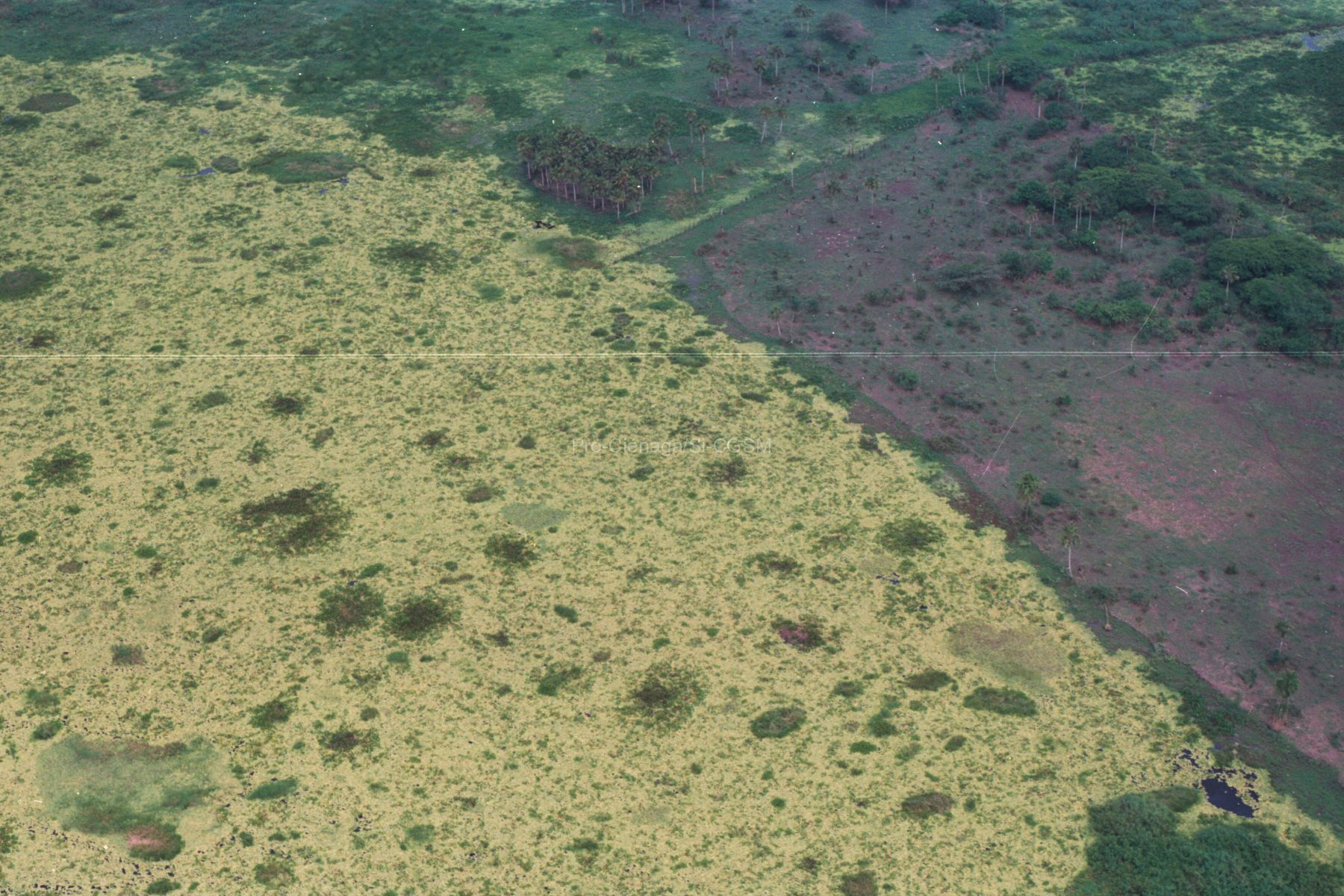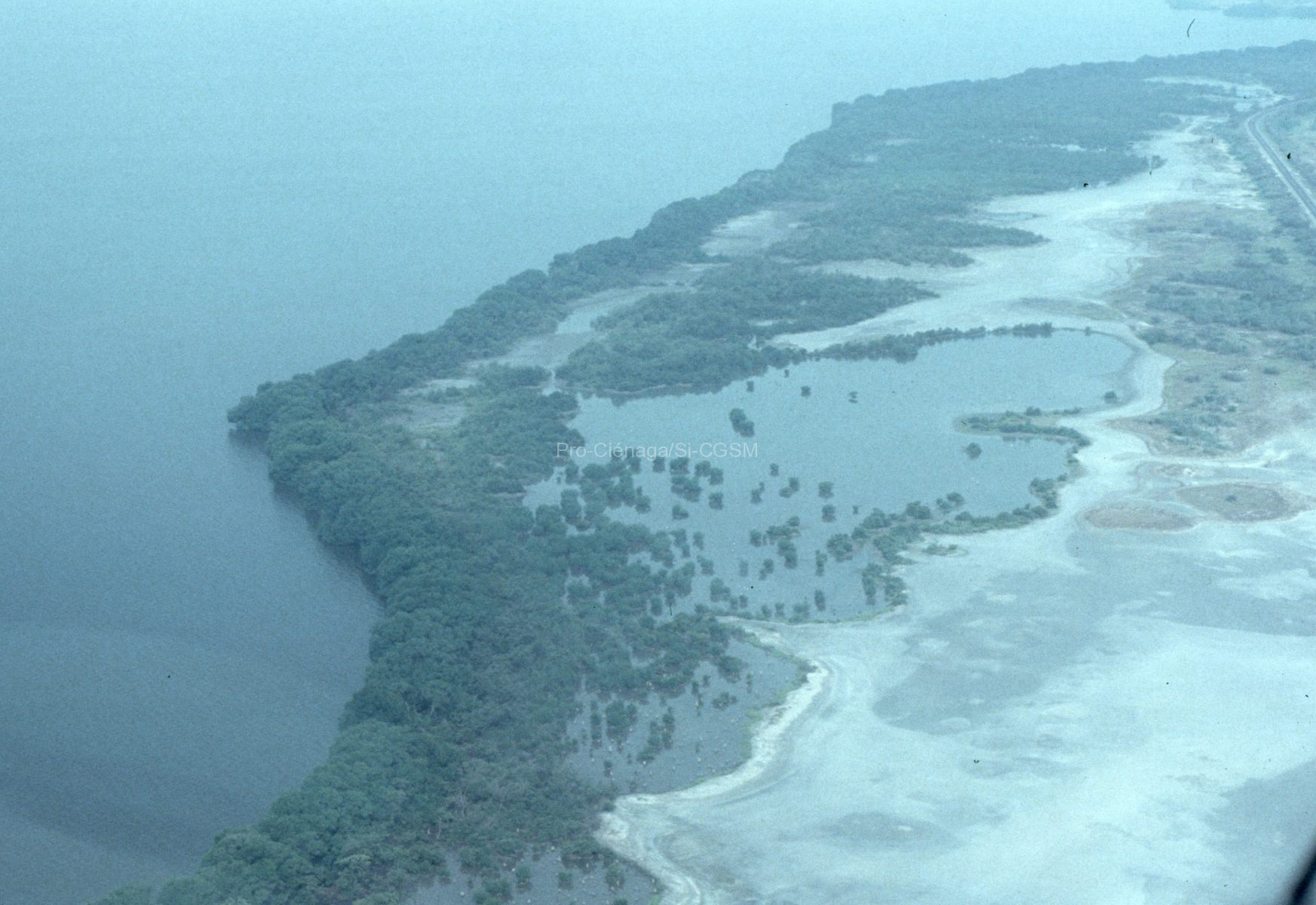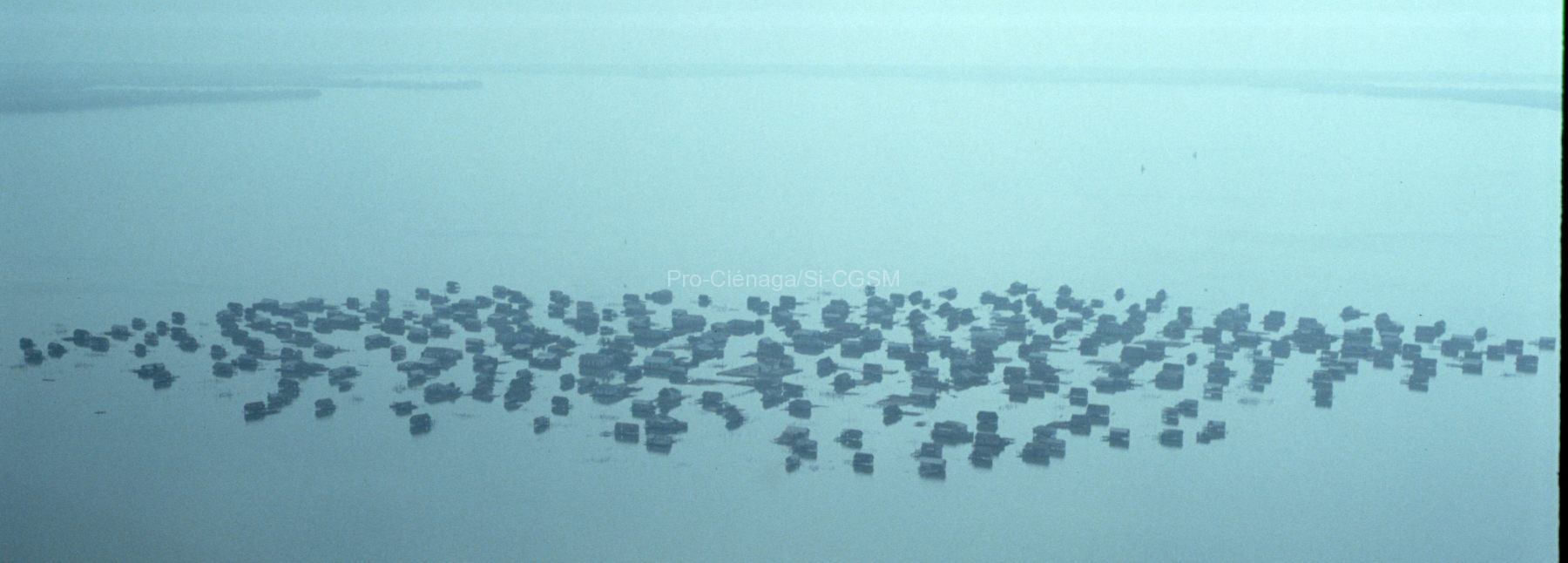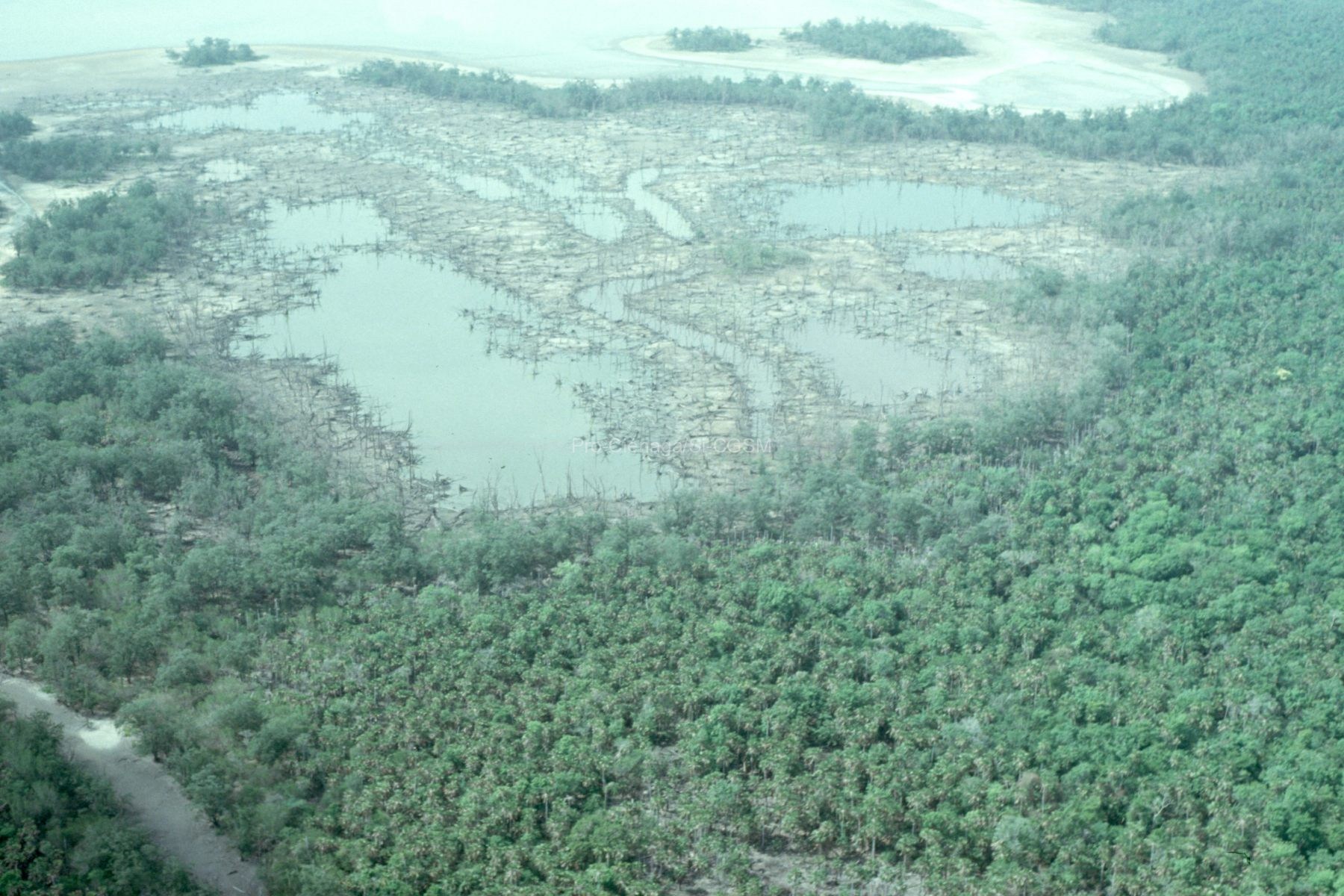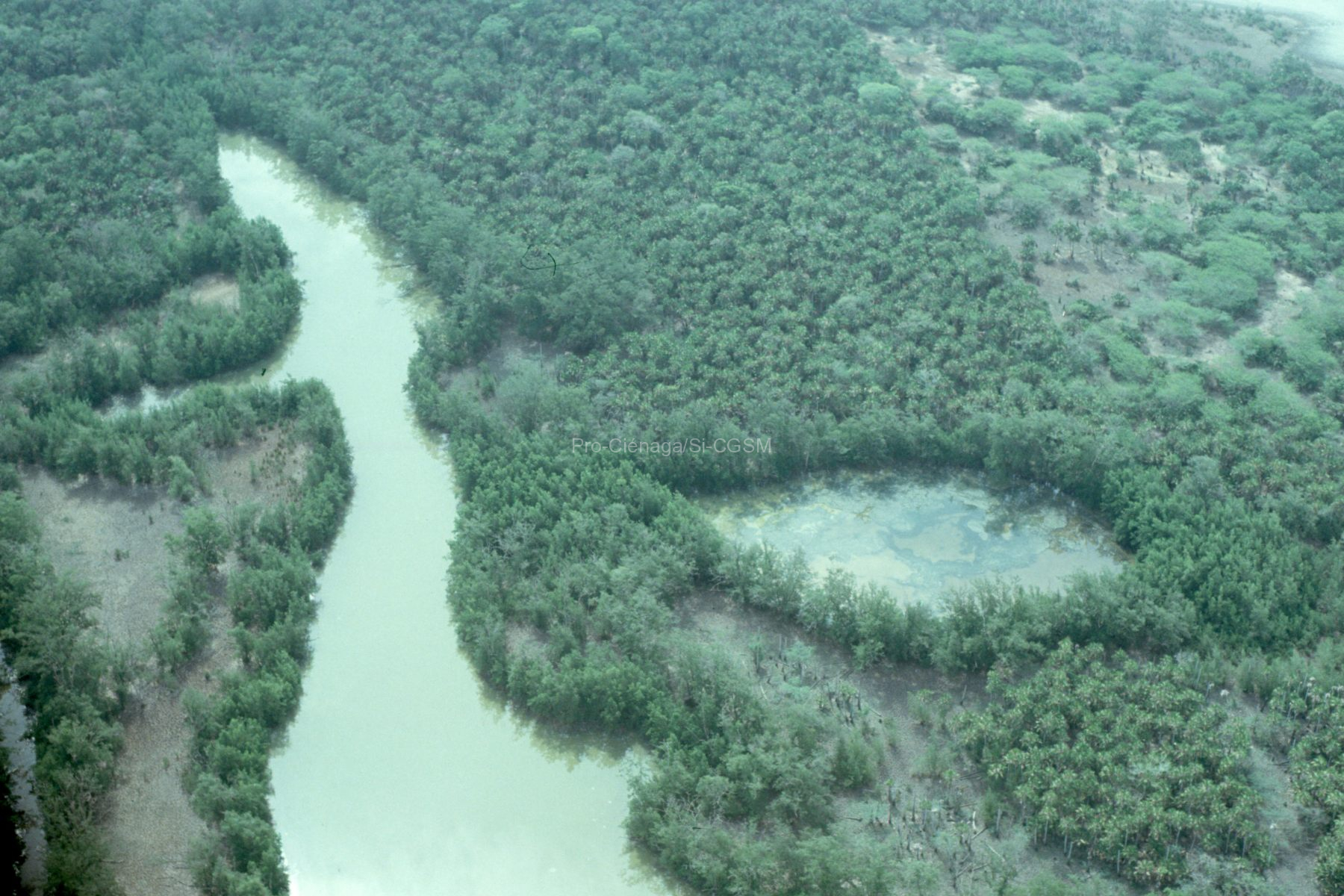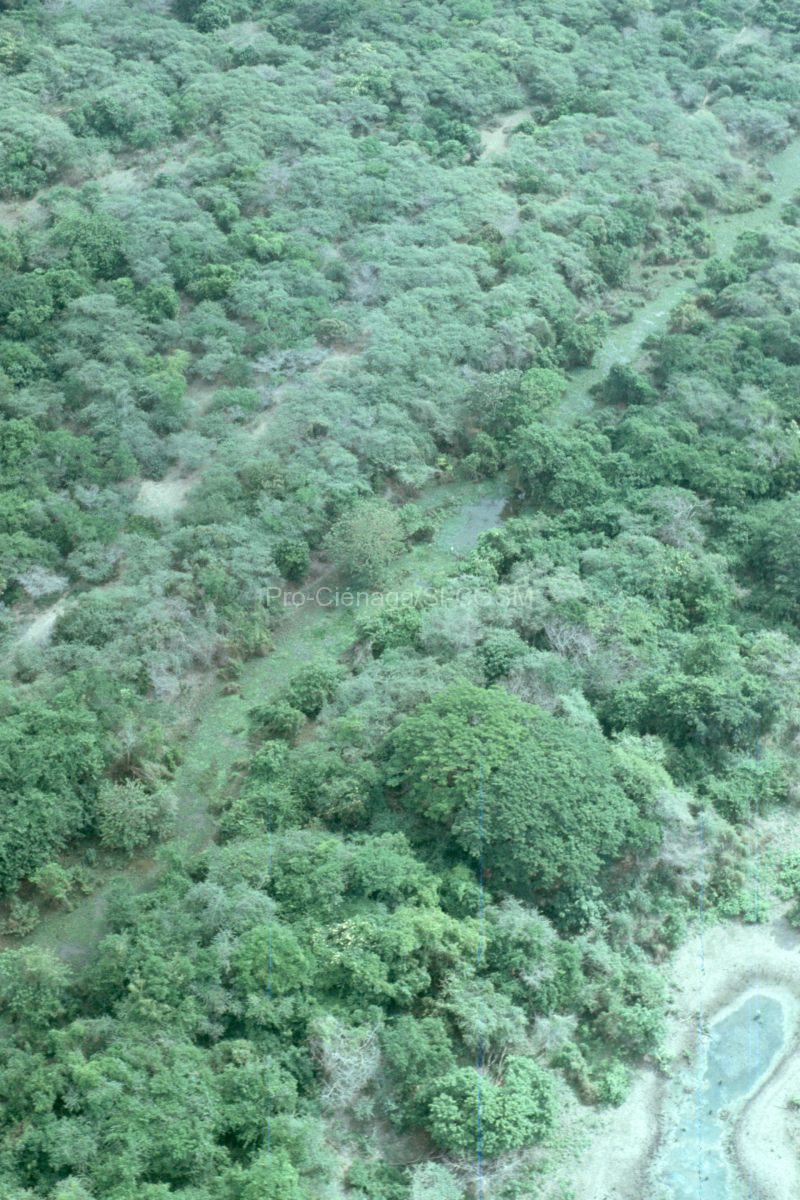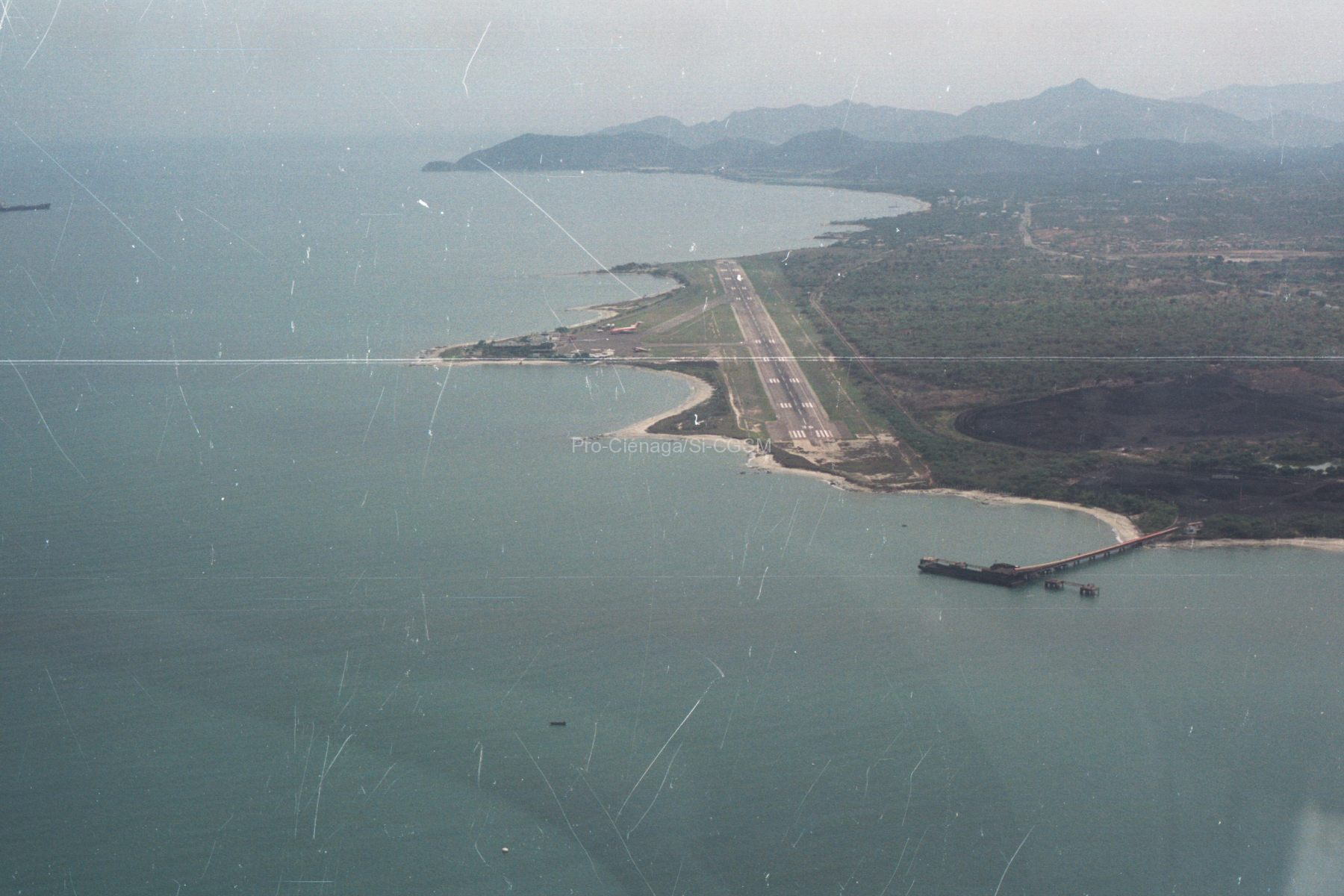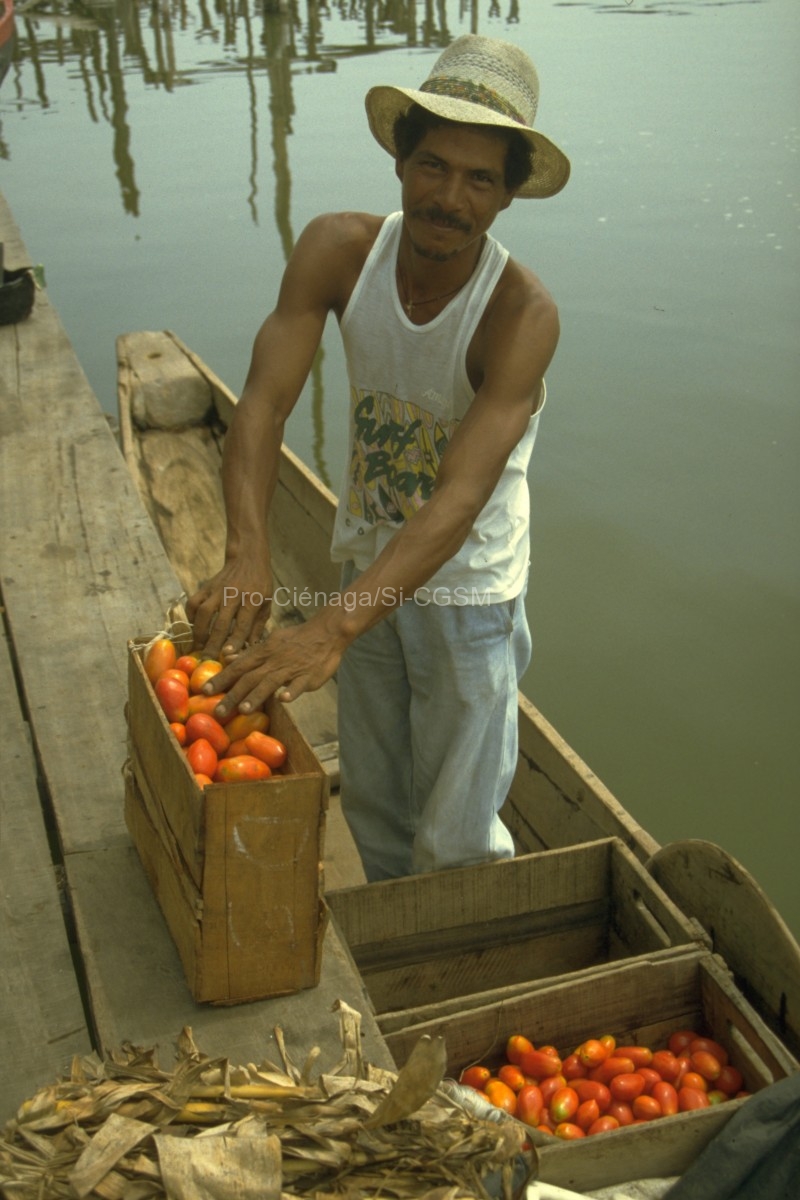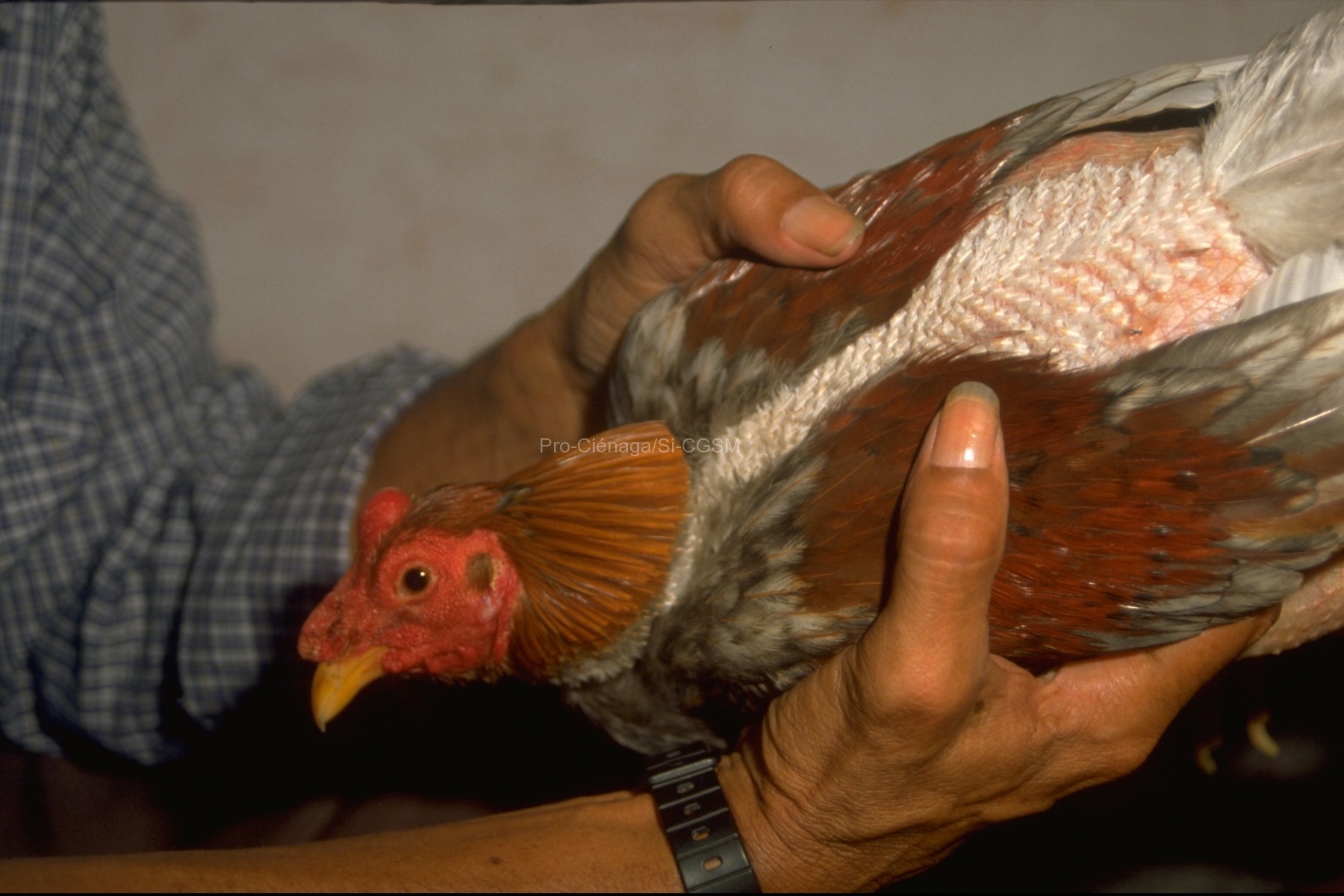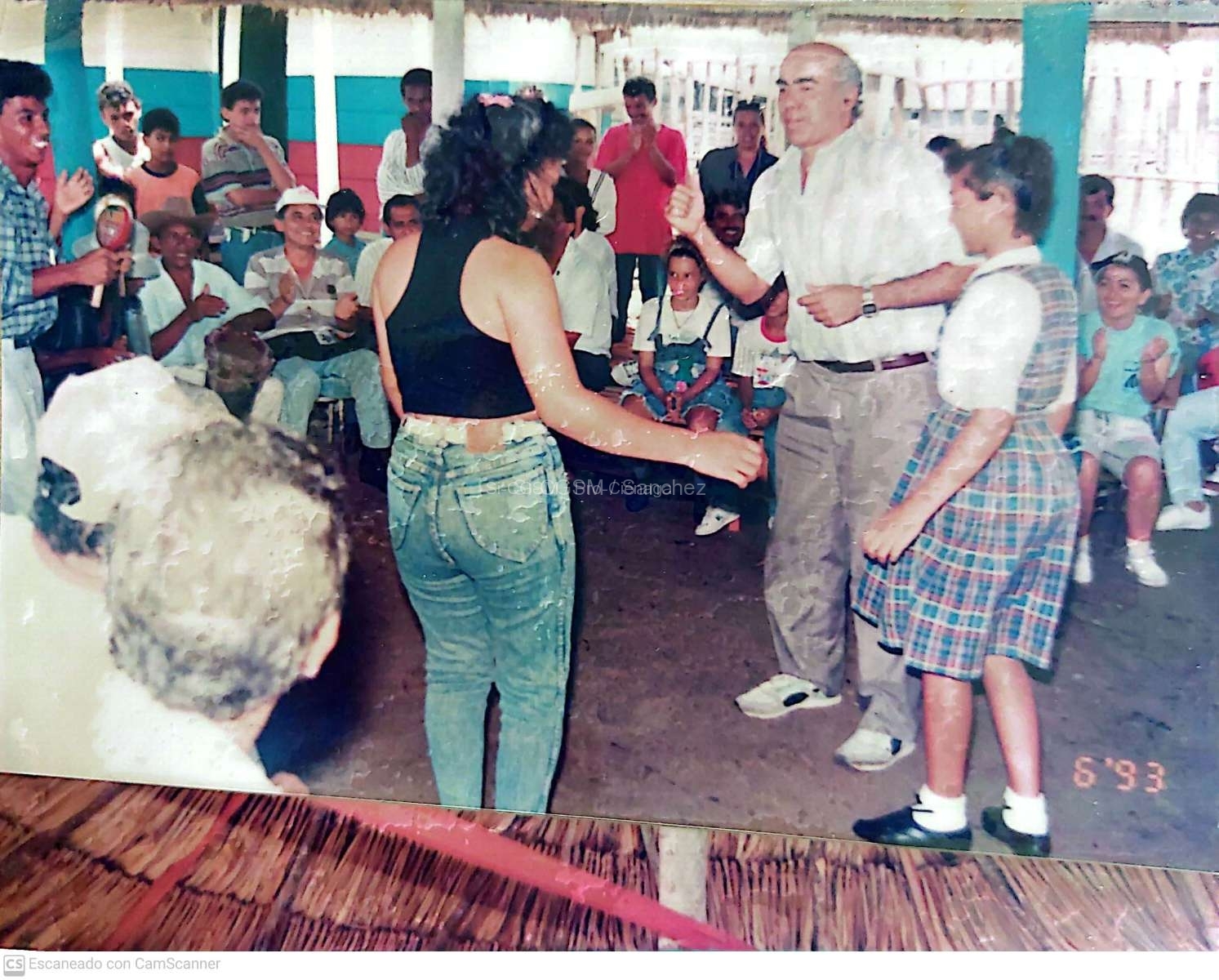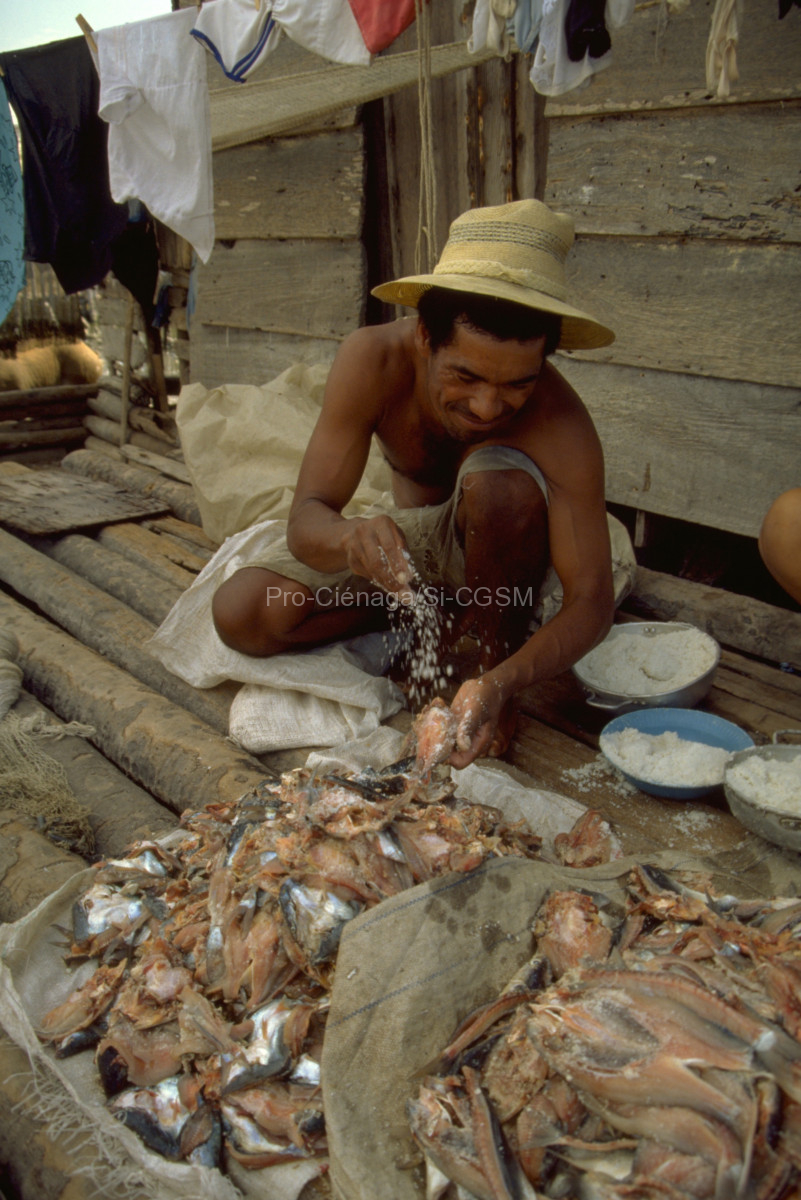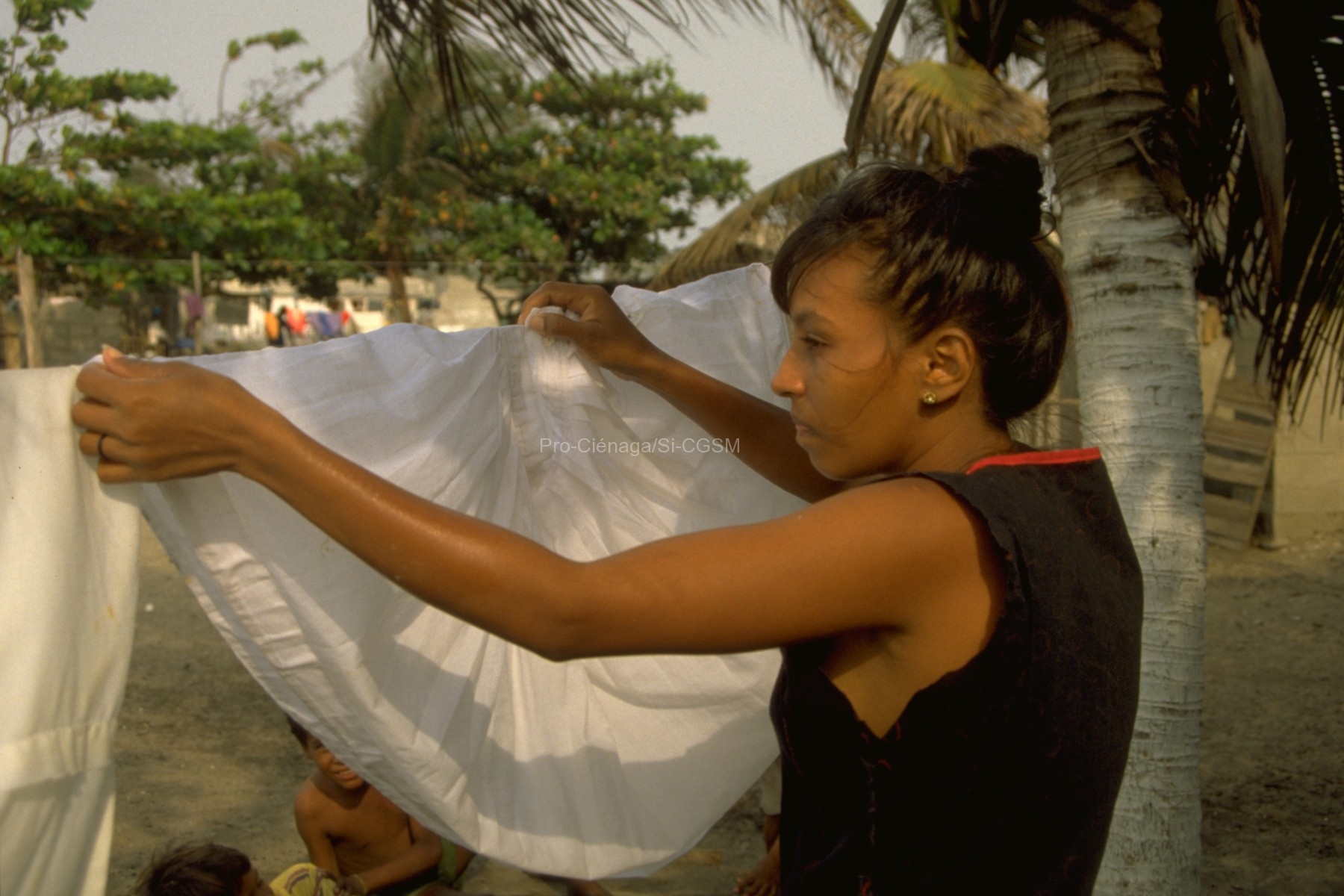Se realizaron 52 estaciones de pesca en el Golfo de Salamanca, distribuidas en 11 cruceros a bordo del B/I ANCON, desde el primeo de abril de...
Seguir leyendo...Biología
Martínez Rivera, J. (1981). Algunos aspectos bioecológicos y pesqueros del lebranche Mugil liza (Valenciennes, 1836) en la Ciénaga Grande de Santa Marta (pisces: Mugilidae). Dep. Biología, Facultad de Ciencias, Universidad Nacional de Colombia, Bogotá, 41 p.
El presente estudio realizado en la Ciénaga Grande de Santa Marta durante los meses de octubre de 1979 a agosto de 1980, contempla algunos aspectos bioecológicos...
Seguir leyendo...Mancera Pineda, J. E., Santos Martínez, A., & Botero Arboleda, L. (1998). Cambios ocurridos en las últimas cuatro décadas en la laguna costera Ciénaga Grande de Santa Marta, Caribe colombiano (Resumen). Proyecto: Evaluación de los principales recursos pesqueros de la Ciénaga Grande de Santa Marta, costa Caribe colombiana código 2105-09-028-94, 2, 229.
La Ciénaga Grande de Santa Marta (CGSM), considerado por su producción biológica y tamaño (450 Km²) uno de los sistemas importantes de la cuenca Caribeña, presenta...
Seguir leyendo...Mancera Pineda, J. E., & Mendo, J. H. (1996). Population dynamics of the oyster Crassostrea rhizophorae from the Ciénaga Grande de Santa Marta, Colombia. En: Fisheries Research (Vol. 26, pp. 139-148). Elsevier Science Inc.
DCA Growth parameters, instantaneous mortality rates (Z, F and M), yield per recruit and biomass per recruit of the oyster Crassostrea rhizophorae were estimated using the...
Seguir leyendo...Mancera Pineda, J. E., & Mendo, J. H. (1995b). Population dynamics of the oyster Crassostrea rhizophorae from the Ciénaga Grande de Santa Marta, Colombia. Estudio Ecológico de La Ciénaga Grande de Santa Marta – Delta Exterior Del Río Magdalena, 3a Etapa, 2, 10 p.
Growth parameters, instantaneous mortality rates (Z,F and M), yield per recruit and biomass per recruit of the oyster Crassostrea rhizophorae were estimated using the FiSAT package,...
Seguir leyendo...Mancera Pineda, J. E., & Mendo, J. H. (1995a). Dinámica poblacional de la ostra Crassostrea rhizophorae de la Ciénaga Grande de Santa Marta, Caribe colombiano (Resumen). Congreso Latinoamericano de Ciencias del Mar 6, 23 al 27 de Octubre de 1995, Mar del Plata, Argentina, 127-127.
Se recomienda usar a Mancera Pineda, J. E., & Mendo, J. H. (1996) y considerar por obsoleto a Mancera Pineda, J. E., & Mendo, J. H. (1995b) y a la...
Seguir leyendo...Mancera Pineda, J. E. (1995). Los bancos de ostras de la Ciénaga Grande de Santa Marta y su relación con los procesos de producción del sistema. Estudio ecológico de la Ciénaga Grande de Santa Marta – Delta Exterior del Río Magdalena, 3a Etapa, p. 1. INVEMAR.
Entre septiembre de 1989 y agosto de 1990, se cuantificaron algunos procesos de producción asociados a los bancos de ostras de la Ciénaga Grande de Santa...
Seguir leyendo...Mancera Pineda, J. E. (1991). Estimación de la productividad secundaria en bancos de ostra Crassostrea rhizophorae (Guilding, 1828) de la Ciénaga Grande de Santa Marta, Caribe colombiano. Programa Lagunas Costeras. Estudio ecológico de la Ciénaga Grande de Santa Marta – Delta Exterior del Río Magdalena, 2a Etapa, p. 65. INVEMAR.
Con el fin de lograr una explotación adecuada de la ostra, Crassostrea rhizophorae, en la Ciénaga Grande de Santa Marta, se realizó un monitoreo de una...
Seguir leyendo...

